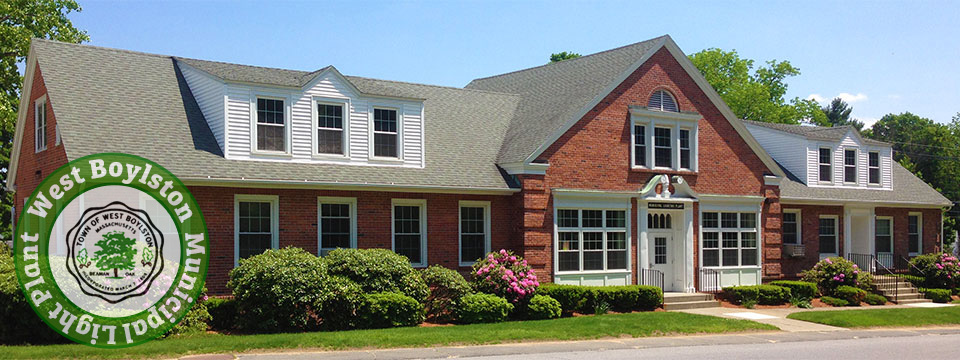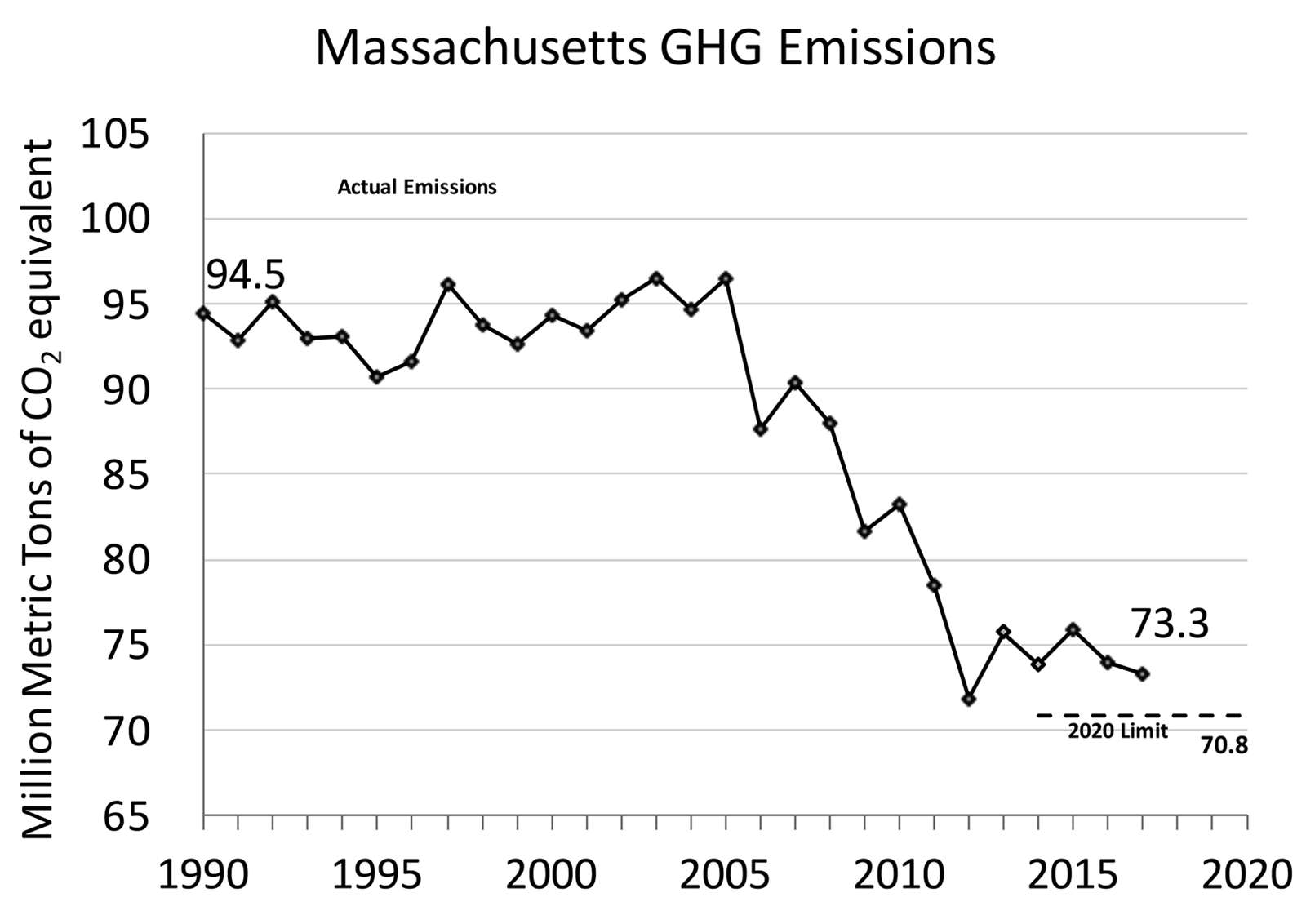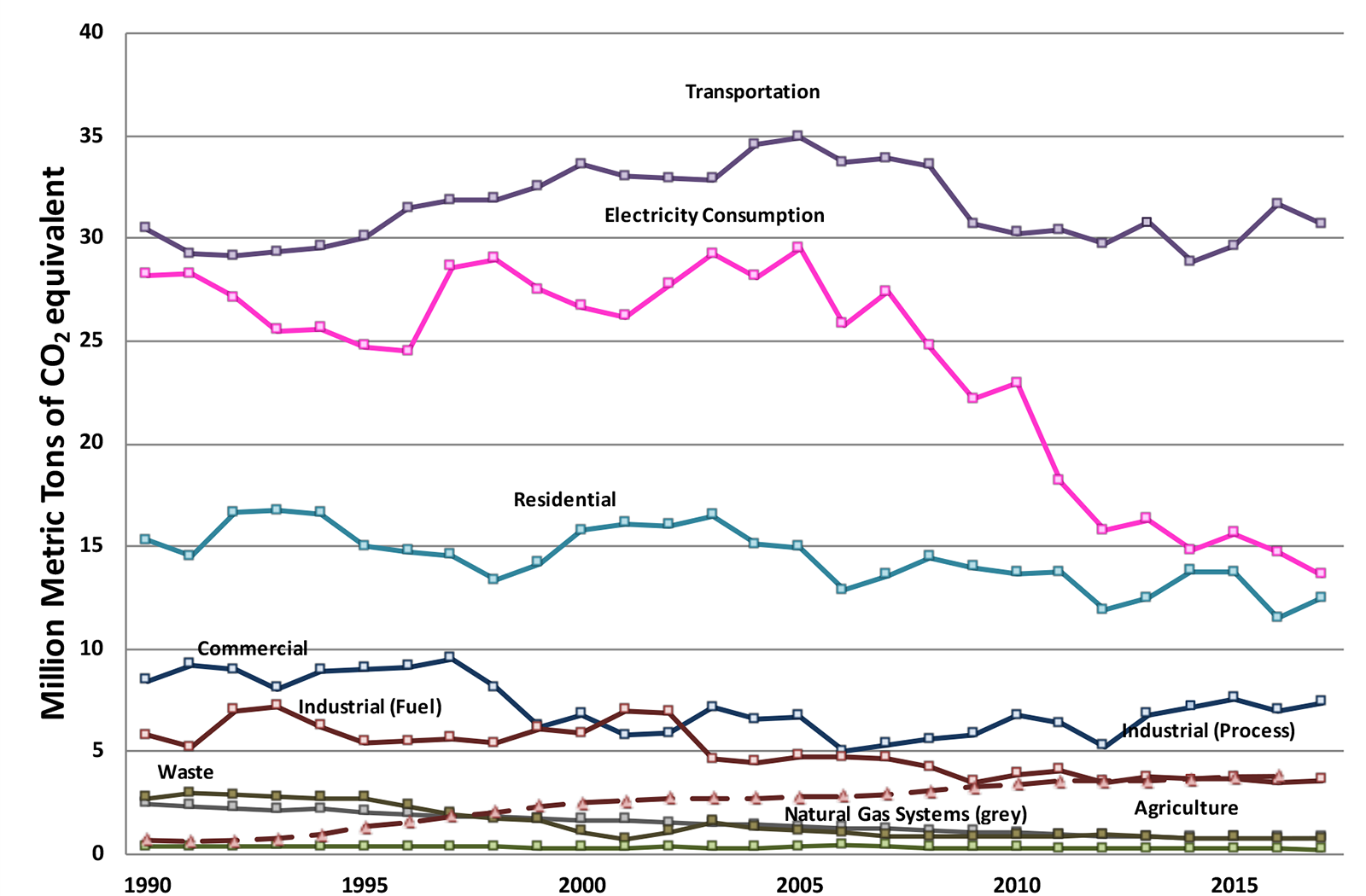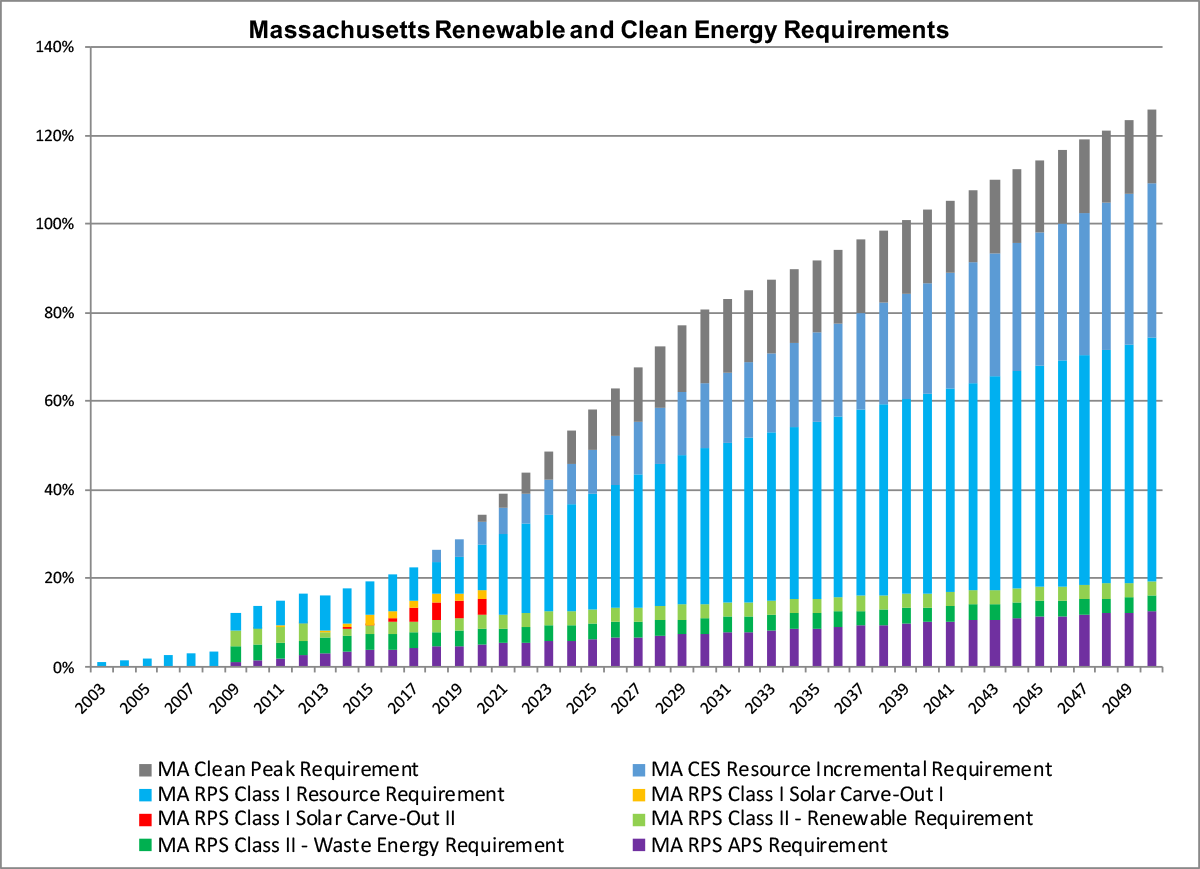MA Energy & Environment

WBMLP Headquarters
West Boylston and the “Energy Sector” in Massachusetts
West Boylston and Massachusetts recognize the importance of protecting our environment and reducing GHG emissions from our sources of energy generation. West Boylston is extremely proud of its contribution towards reducing GHG emissions through existing clean generation, long-term power supply projects, and, funding of energy efficiency and conservation programs for our ratepayers.
WBMLP’s ability to govern its operations at the local level resulted in significant amounts of non-GHG emitting energy generation, low electricity rates, and, investment in new renewable and clean energy projects. By the end of 2019, WBMLP purchased 70% of its annual energy supply from non-GHG emitting solar, wind, nuclear, and hydroelectric generation.
Massachusetts Global Warming Solutions Act
The Massachusetts Global Warming Solutions Act (GWSA) addresses the challenges of greenhouse gas emissions (GHG) and climate change. The GWSA requires a statewide 25% reduction in (GHG) emissions by 2020, measured against the GHG emissions in 1990, and our long-term goal is to reduce greenhouse gas emissions by at least 80% by 2050. Total GHG emissions in 1990 were 94 MMTCO2e (metric million ton of carbon dioxide equivalent) and reductions in GHG emissions were expected to come from various sectors, including, the “electricity consumption sector”, which WBMLP belongs to. By the end of 2017, Massachusetts GHG emissions decreased by 22%.

The statewide chart above can be broken into the various sectors that contribute to GHG emissions. The Commonwealth’s “electricity consumption sector” is the only sector to date to make significant reductions in GHG emissions. GHG emissions for our sector were approximately 28.2 MMTCO2e in 1990, the baseline year. By the end of 2017, the most up to date information available on MassDEP’s webpage, the “electricity consumption sector” reduced GHG emissions by 14.6 MMTCO2e, a 52% reduction from 19901.
The chart below, from MassDEP’s webpage, emphasizes our sectors significant reduction of GHG emissions through 2017.

As West Boylston manages its own clean energy supply, through its Greenhouse Gas Emissions Standard, the Commonwealth set various renewable and clean energy standards on the electric distribution companies and competitive suppliers who are responsible for most of the retail sales of electricity in MA. The Commonwealths’ GHG reduction goals and regulations to promote renewable and clean energy are:
100% Renewable Energy by 2080
The 2003 Massachusetts Renewable Energy Portfolio Standard (RPS)2 requires retail electricity suppliers (both regulated electric distribution companies and competitive suppliers) obtain a percentage of the electricity they serve to their customers from qualifying renewable energy. 25% renewable energy is required by 2019 and this increases annually until approximately 100% renewable energy by 2080. RPS qualified generation includes wind, solar, geothermal, biomass, landfill gas, digester gas, and waste energy.
80% Clean Energy by 2050
The 2017 Massachusetts Clean Energy Standard (CES)3 sets a minimum percentage of electricity sales that electric distribution companies and competitive suppliers must procure from clean energy sources. The CES begins at 16% in 2018 and increases 2% annually to 80% in 2050. CES qualified generation includes large-scale hydro, nuclear, and generation that's 50% cleaner than existing natural gas generation. RPS qualified energy can count towards the CES standard, but there is a requirement to procure CES qualified energy in addition to RPS qualified energy. The additional amount of CES qualified energy is 5% by 2020 and increases to 35% by 2050.
80% Reduction of MA Generation CO2 Emissions by 2050
MassDEP's 310 CMR 7.744 sets an energy sector annually declining limit on aggregate CO2 emissions from the 21-fossil fueled power plants in Massachusetts, from 8.96 million metric tons of CO2 in 2018 down to 1.8 million metric tons in 2050. This will result in an 80% reduction of CO2 from all MA based generation.
Clean Peak Standard
The Clean Peak Energy Standard (CPS)5 was created through “An Act to Advance Clean Energy”, signed into law in August 2018. Clean Peak Resources include new Class I Renewable Energy Resources, Existing Class I / Class II resources that are paired with an Energy Storage System, Energy Storage Systems, and Demand Response Resources. A qualified CPS resource that generates, dispatches or discharges energy to the electric grid during a Seasonal Peak Period will generate Clean Peak Certificates and the electric distribution companies and competitive supplies are required to purchase a certain amount each year above the RPS and CES requirements. The CPS starts at 1.5% in 2020 and increases to 16.5% in 2030.
Cumulative Requirements of RPS, CES, and CPS
The cumulative requirements of the Commonwealth’s RPS, CES and CPS means that the electric distribution companies and competitive suppliers are currently mandated to achieve 100% renewable and clean energy by approximately 2039. Stacking the cumulative and annual requirements of all these regulations creates the following chart, illustrating how soon our sector will reach 100% renewable and clean energy.

- 1 https://www.mass.gov/lists/massdep-emissions-inventories#greenhouse-gas-baseline,-inventory-&-projection-
- 2 https://www.mass.gov/renewable-energy-portfolio-standard
- 3 https://www.mass.gov/guides/clean-energy-standard-310-cmr-775?_ga=2.13160887.1019171553.1534165407-1815469748.1534165407#-current-regulation-
- 4 https://www.mass.gov/guides/electricity-generator-emissions-limits-310-cmr-774
- 5 https://www.mass.gov/service-details/clean-peak-energy-standard